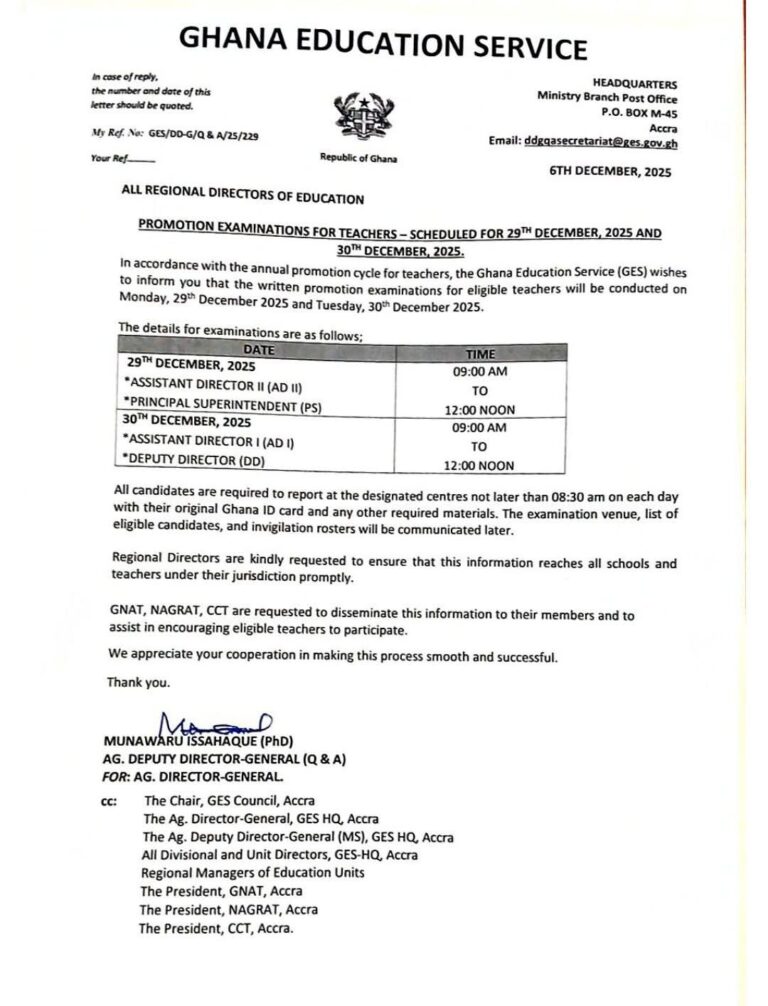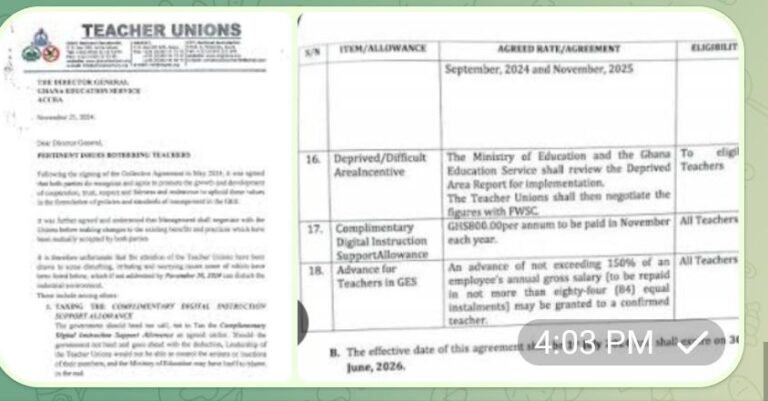
Core Content Areas & Weight Distribution
| Content Area | Key Topics | Weight (%) |
|---|---|---|
| Number & Operations | Real numbers, surds, percentages | 16.7% |
| Algebra & Functions | Polynomials, equations, sequences | 16.7% |
| Geometry & Measurement | 2D/3D shapes, coordinate geometry | 15% |
| Trigonometry & Vectors | Trigonometric ratios, bearings | 18.3% |
| Calculus | Derivatives, integrals | 11.7% |
| Data Handling & Probability | Statistics, probability rules | 21.6% |
Detailed Breakdown by Content Area
1. Number & Operations (16.7%)
-
Key Competencies:
-
Perform operations with real numbers
-
Simplify surds and logarithmic expressions
-
Solve percentage problems (interest, depreciation)
-
-
Teaching Tips:
-
Use real-life examples (bank interest calculations)
-
Visual aids for number system classification
-
2. Algebra & Functions (16.7%)
-
Key Topics:
-
Factorization techniques
-
Quadratic equations (3 solution methods)
-
Arithmetic/geometric sequences
-
-
Class Activity:
-
“Equation Olympics” with timed problem-solving
-
3. Geometry & Measurement (15%)
-
Focus Areas:
-
Angle properties (parallel lines, polygons)
-
3D shape calculations (surface area/volume)
-
Coordinate geometry (circle equations)
-
-
Hands-on Idea:
-
Construct geometric figures using a compass and/ruler
-
4. Trigonometry & Vectors (18.3%)
-
Critical Concepts:
-
Pythagorean applications
-
Sine/cosine rules
-
Vector operations & bearings
-
-
Real-world Connection:
-
Navigation problems using bearings
-
5. Calculus (11.7%)
-
Core Skills:
-
Differentiation rules (product/quotient/chain)
-
Basic integration
-
Curve sketching
-
-
Teaching Strategy:
-
Graphical demonstrations of derivatives
-
6. Data & Probability (21.6%)
-
Essential Knowledge:
-
Statistical measures (mean, SD)
-
Probability rules (addition/multiplication)
-
Data representation (graphs/charts)
-
-
Engagement Tip:
-
Analyze real datasets (sports stats, weather data)
-
Assessment Structure (Depth of Knowledge)
| Cognitive Level | Weight | Sample Question Types |
|---|---|---|
| Recall (L1) | 15% | Define terms, state formulas |
| Understanding (L2) | 25% | Explain concepts, basic calculations |
| Application (L3) | 30% | Solve multi-step problems |
| Analysis (L4) | 30% | Real-world applications, proofs |
Key Insight: 60% of assessments target higher-order thinking (L3/L4)
Teaching Resources & Strategies
Recommended Activities
-
“Financial Math Day” (Number Operations)
-
Simulate bank transactions with interest calculations
-
-
Geometry Scavenger Hunt
-
Identify geometric shapes in the school environment
-
-
Probability Carnival
-
Design and analyze simple games of chance
-
Digital Tools
-
Graphing Software: Desmos/GeoGebra for visualizations
-
Statistical Tools: Excel for data analysis projects
Common Pitfalls to Address
-
Trigonometry: Emphasize unit circle connections
-
Calculus: Clarify derivative vs. integral concepts
-
Probability: Distinguish between independent/mutually exclusive events
Free Resource Downloads
For the past question, click here: https://ntc.gov.gh/practice_test/maths_shs/
For more updates, click: https://seekersconsult247.com/?p=788&preview=true
Follow us on WhatsApp for more updates: https://whatsapp.com/channel/0029VaCyYGIFHWpx22L38a2K
Seekers Consult
Contact Us for Your Study Abroad Journey
We search for schools and check available scholarships for you
Contact: 0550414552 / 0362297079
Loan for government workers
Transcript Application
English Proficiency
Recommendation letter
Project work/thesis for undergrate, master’s, and PHD students.




